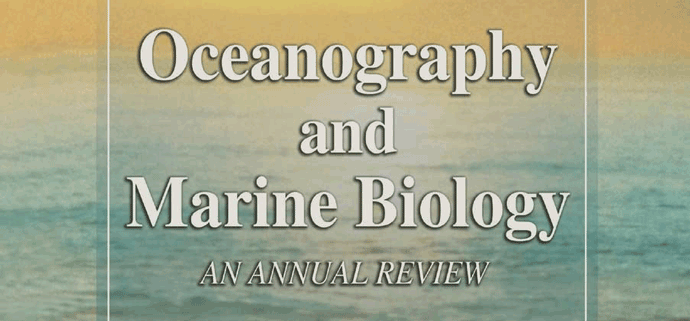
New paper: Long-term coral reef community dynamics in Moorea (Edmunds et al., Ecosphere)
Long-term community dynamics are heterogeneous between fringing- and fore-reef habitats on an Indo-Pacific coral reef P.J. Edmunds1, C. John2, J.J. Leichter3, C. Moritz4, K.C. Scafidi1, K. E. Speare5, G. Srednick6, A.S.J. Wyatt7 1Department of Biology, California State University, Northridge, California, USA 2Marine Science Institute, University | Click for More →








